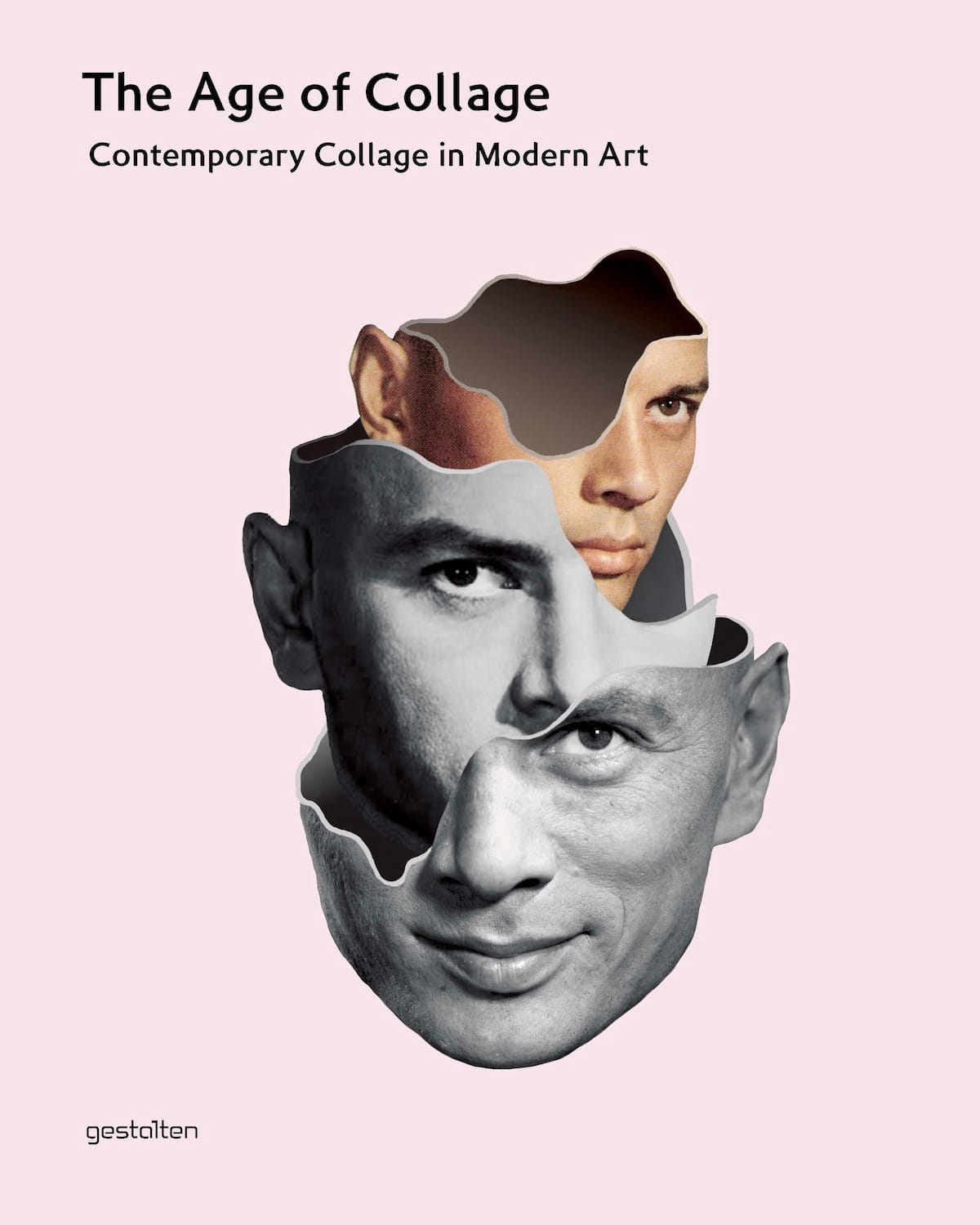
A timely look at cutting and pasting with amazing visuals to enjoy, but is The Age of Collage a little scissor-happy in the editing? When the collagist John Stezaker won the Deutsche Börse photography prize last year there was an inevitable outcry from reactionaries. Whether Stezaker’s work was appropriate to one of the photography world’s most prestigious awards or not (though we would argue that it was), his triumph was indicative of a growing interest in those working with this most foundational of contemporary art forms.
Arts publisher Gestalten’s The Age of Collage certainly connects with this trend. Indeed, the book follows its previous Cutting Edge title of two years ago, again covering artists who favour ‘traditional collage’, though this current edition is exclusive to those that use scissors, photographs, paper and glue, not digital manipulation.


The publication functions as a compendium of contemporary practitioners, rather than being a showcase for or investigation into their work. It’s the sort of book that would sit well in the reference section of a college library. The editorial team should be congratulated for creating such a comprehensive overview of those currently working in the medium, as well as for contacting the lesser-known artists for direct quotes, which will add real value for students.
The book’s foreword takes the form of an essay on the collage medium. This begins by citing the prevalence of the collage and its new-media corollary, the remix, in contemporary culture, though misses a trick in not hypothesizing on how this alters our relationship to the hand crafted form. Instead it jumps in to a potted art history, from Braque and Picasso to 60s combine paintings and beyond.


An odd unevenness exists in the treatment of the profile texts, however: while a majority receive a simple one hundred-word bio, others, the late Dash Snow for instance, are expounded on at much greater length. There is nothing inherently wrong with this, and those given extended exegesis are the more established practitioners to whom many of the others pay deference; but as the book is arranged alphabetically with no intermediary structuring device, the arrival of these lengthy texts feels a little unexplained. Why not create an explicit, rather than tacit, hierarchy?
One compromise of the book’s comprehensiveness is in the treatment of images. Collage is by nature a medium that tends towards graphic intensity and heavy doses of personal space are needed to consolidate each work. Here the images are only occasionally granted a full page, more often being crowded into groups, with scales reduced to fit. The Age of Collage is not a place to luxuriate in each artist’s work, merely to acknowledge differences in style and, skipping between profiles, seams of influence. This approach is coherent with the sense that the book is functional reference, but ultimately limits its mass-market appeal. The Age of Collage, ed. Dennis Busch, Robert Klanten and Hendrik Hellige
Published by Gestalten, £34.99

